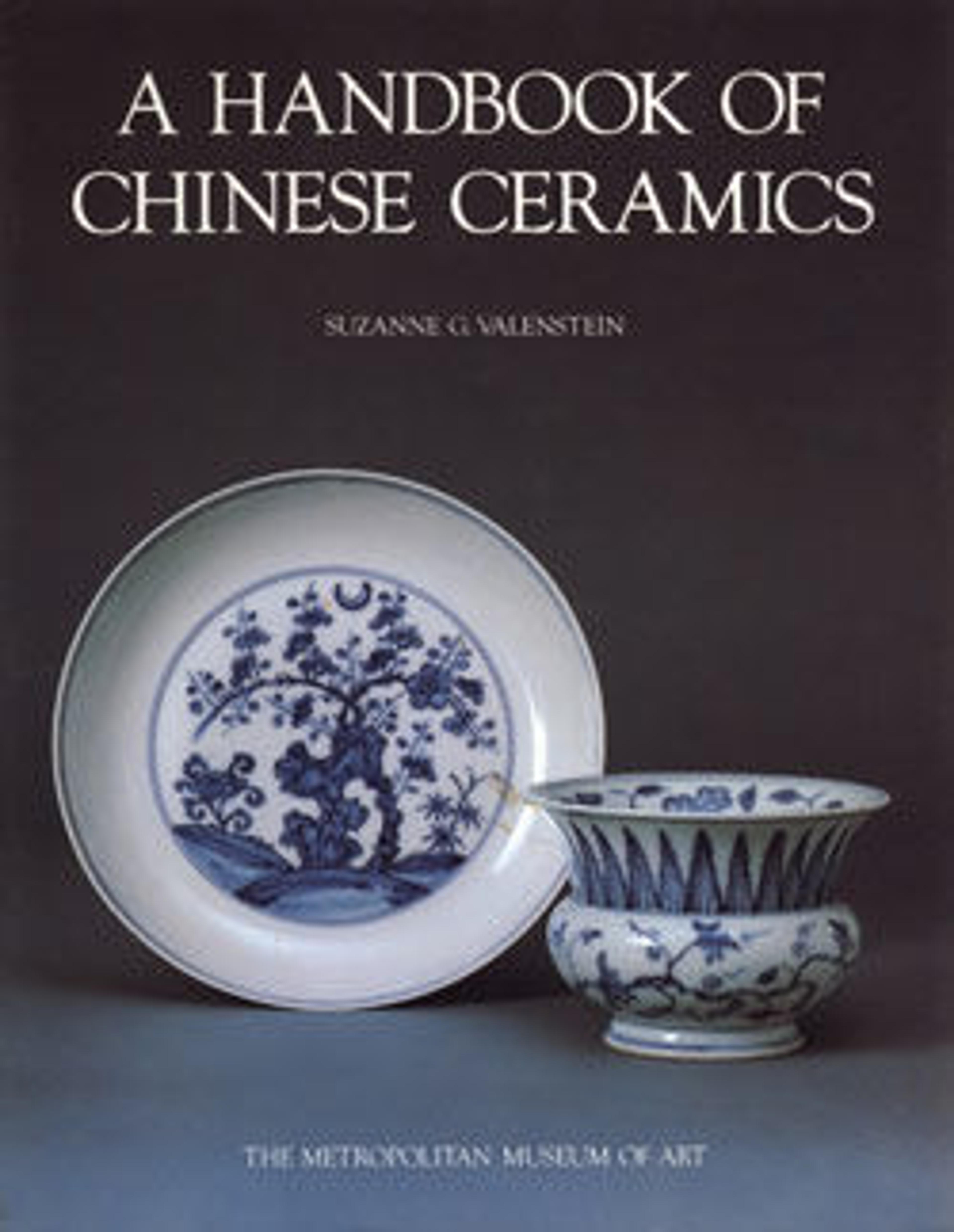Dish with God of Longevity (Shoulao) and an attendant
Reviving a technique that was pioneered in the fifteenth century, the artists who decorated this dish used overglaze enamels to fill in the underglaze blue outlines. While written documents of the period do not use a specific term to refer to this application, it is now known as doucai, or “joined colors.” Reclaiming the technique in the Yongzheng period was a way of showing continuity with lauded enameling traditions of the past, while introducing new layers of visual complexity in the composition of the interior and exterior surfaces of the dish.
Artwork Details
- 清雍正 景德鎮窯斗彩壽星仙童圖盤
- Title:Dish with God of Longevity (Shoulao) and an attendant
- Period:Qing dynasty (1644–1911), Yongzheng period (1723–35)
- Date:early 18th century
- Culture:China
- Medium:Porcelain painted in underglaze cobalt blue and overglaze polychrome enamels (Jingdezhen ware)
- Dimensions:Diam. 6 1/8 in. (15.6 cm)
- Classification:Ceramics
- Credit Line:Rogers Fund, 1925
- Object Number:25.35.4
- Curatorial Department: Asian Art
More Artwork
Research Resources
The Met provides unparalleled resources for research and welcomes an international community of students and scholars. The Met's Open Access API is where creators and researchers can connect to the The Met collection. Open Access data and public domain images are available for unrestricted commercial and noncommercial use without permission or fee.
To request images under copyright and other restrictions, please use this Image Request form.
Feedback
We continue to research and examine historical and cultural context for objects in The Met collection. If you have comments or questions about this object record, please contact us using the form below. The Museum looks forward to receiving your comments.
